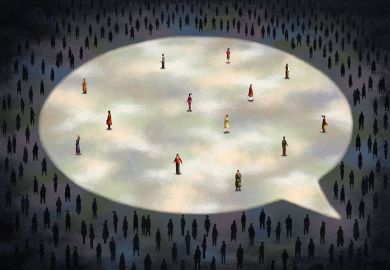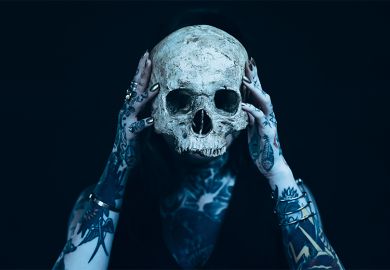This finely edited and spirited collection of essays on the limitations and possibilities of literary criticism can be taken as a constructive response to the continuing discontinuity between academic and journalistic literary criticism. The academic flight into theory and away from close engagement with individual texts is met with understandable hostility by the reviewing establishment, foreclosing any useful intellectual exchange and to the detriment of critical practice. What is more, as David Lodge points out here, journalistic reviewers inhabit a "culture of denigration" less concerned with criticism than the making or breaking of literary reputations. And the selling of novels entails the promotion of the author,whose life is often of more interest to the media than the work. The author may be dead inside the university, but the personality thrives in the literary marketplace.
The contributors here reach out to literary critics beyond the academy, not simply because some of them - Doris Lessing, David Lodge and Raymond Tallis - are practising authors, but because their use of theory flies in the face of the nihilism and aridity of the dominant postmodernism. In these essays the author is alive and well, aesthetic knowledge is distinguished from science, there is a humanistic understanding of consciousness, and a notion of purpose, meaning and aesthetic delight.
The central question of the relationship between knowledge and experience is explored through a variety of perspectives. Patricia Waugh, for example,gives us a reading of Virginia Woolf's To the Lighthouse , rejecting what she considers to be partial readings, such as contemporary feminist ones, in favour of a view of the work as self-reflexively exploring science in order to challenge habits of perception. Woolf, Waugh proposes, constructs an aesthetic from a scientific problem and then offers the resulting work of art as "a kind of enacted and embodied answer to the problem". What Woolf offers is the simultaneous apprehension of experience and the idea of it, participation with detachment: the perspective of "a particular person in the world with an object view of that same world, the person and the view included". The possibility of detachment is vital for Waugh. She ends with Harold Bloom's persuasive words:
"The only humane virtue we can hope to teach through a more advanced study of literature than we have now is the social virtue of detachment from one's own imagination, recognising always that such detachment made absolute destroys any individual imagination."
Then again, Michael O'Neill plays down the importance of detachment in favour of intuition. Only poetry, he argues, can fully understand poetry and express that intuitive element missing from the usual prose of critical analysis. Criticism is itself an art, which cannot be separated from the creative use of language by which it is conveyed. The critic's language should not
analyse but instead express "an intellectual-emotional response". Finally,criticism is a matter of the "quality of the affection/that has carved the trace in the mind".
Like O'Neill's, David Fuller's passionate essay looks to art to suggest modes of critical practice: in this case it is the careful act of reading a poem out loud that allows one both to know it and to experience that "vital sense of aesthetic intoxication". In the same way that Richter's playing of Schumann is not a distortion but a revelation of the music's character, so reading a poem out loud is a critical skill: "A poem only achieves its full existence when it becomes alive in the whole being of a person who did not invent it."
Mary Tomlinson is fiction editor, Bloomsbury Publishing.
The Arts and Sciences of Criticism
Editor - David Fuller and Patricia Waugh
ISBN - 0 19 818639 8
Publisher - Oxford University Press
Price - £25.00
Pages - 266



